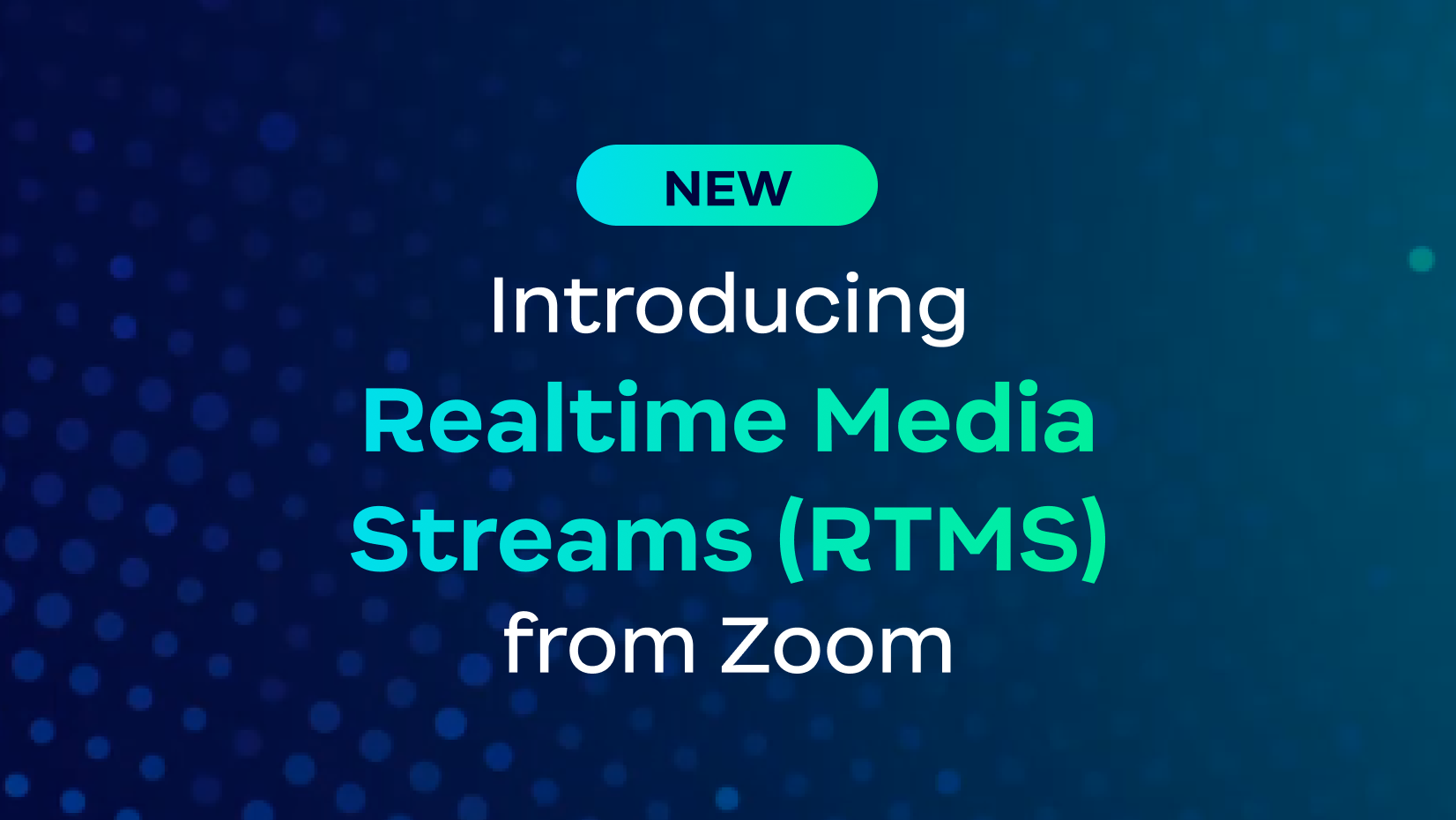
Zoom enables next-gen AI solutions with Realtime Media Streams
Realtime Media Streams gives developers and organizations secure, real-time access to audio, video, and transcript data directly from Zoom Meetings.
Updated on August 04, 2021
Published on June 04, 2021


At Zoom, we know that a broad range of people rely on our platform to stay connected, and we take users’ privacy extremely seriously. We are always working hard to enhance the Zoom experience, improve privacy and security, and make information about our platform clear and understandable.
As part of our commitment to transparency, today we rolled out an updated privacy statement. This update builds on our current privacy practices and provides more detail and transparency in the areas that matter most to our users.
We encourage everyone to read the updated statement. These are some changes you can expect to see:
We are continually working to enhance security and privacy on our platform. For example, we made our new end-to-end encryption feature available to all free and paid users late last year, rolled out additional privacy features and tools earlier this year, and recently introduced in-product privacy notifications designed to help users understand in context who can see, save, and share meeting content and user information.
For additional information about Zoom’s privacy practices, visit our Trust Center, a one-stop shop for resources about Zoom compliance, privacy, safety, and security. Our blog and Help Center are also useful resources.